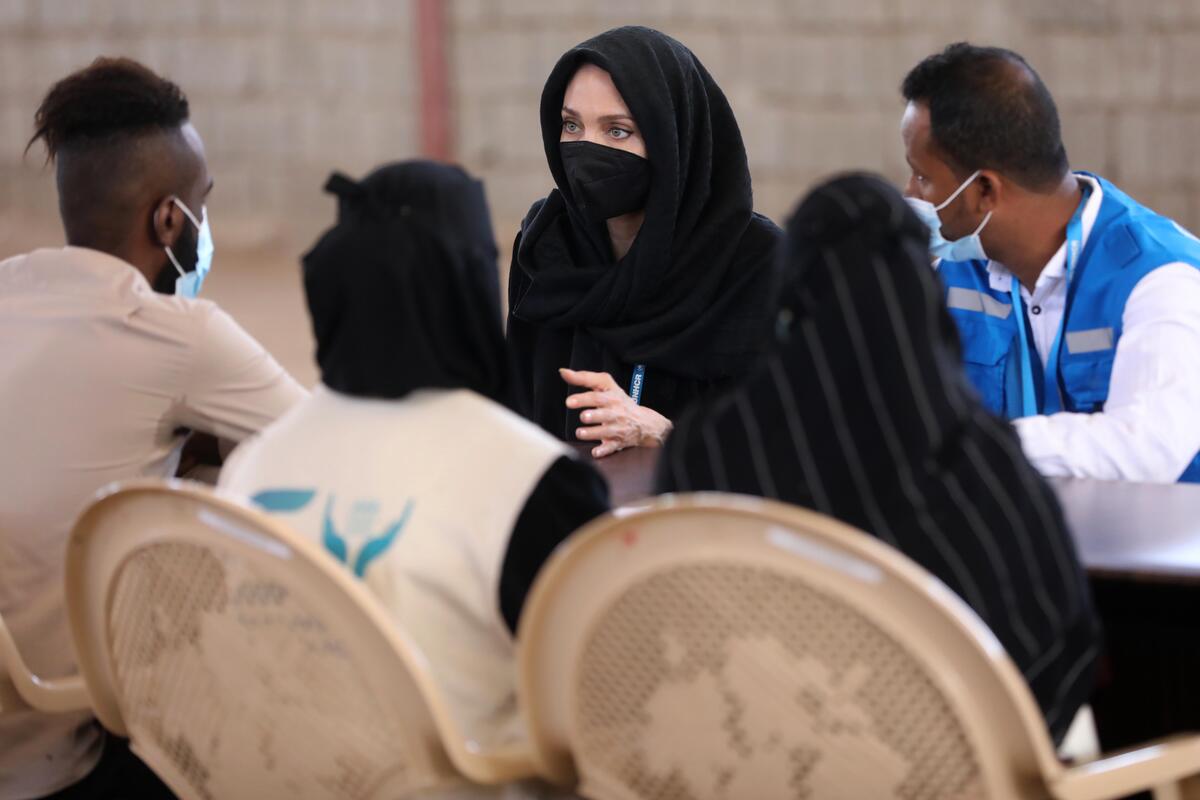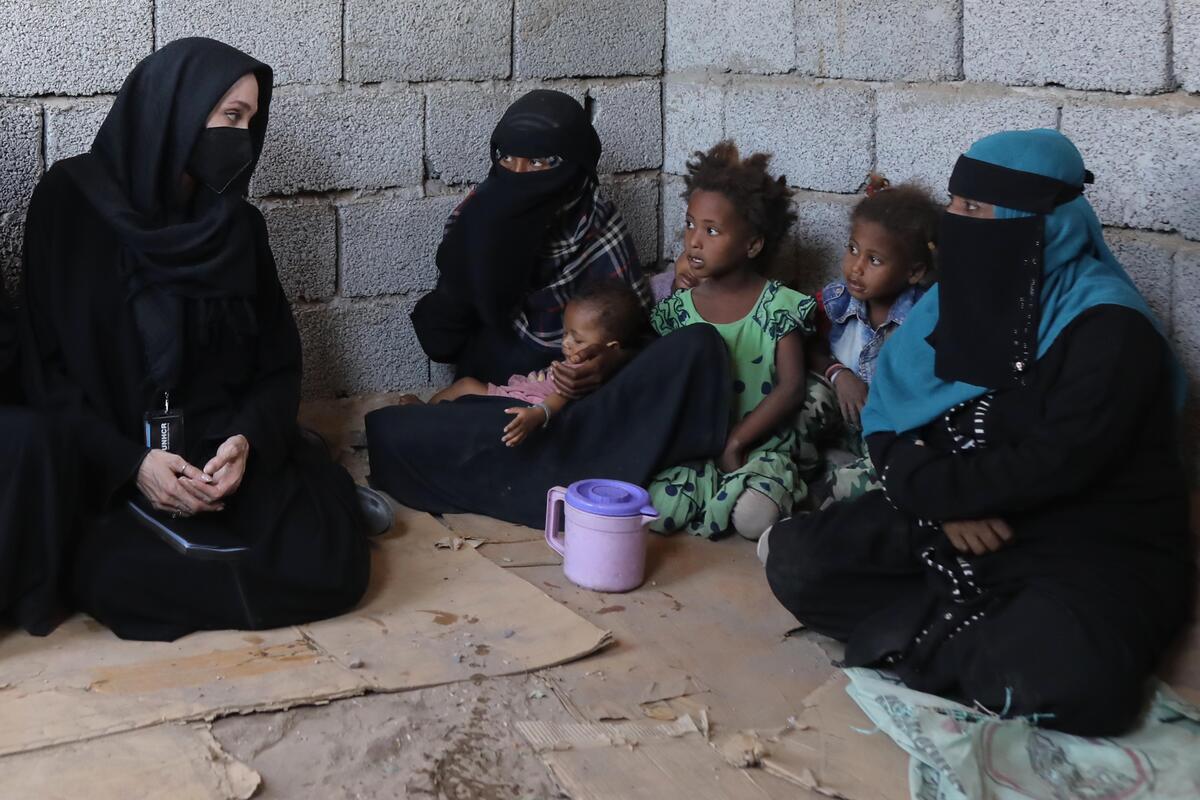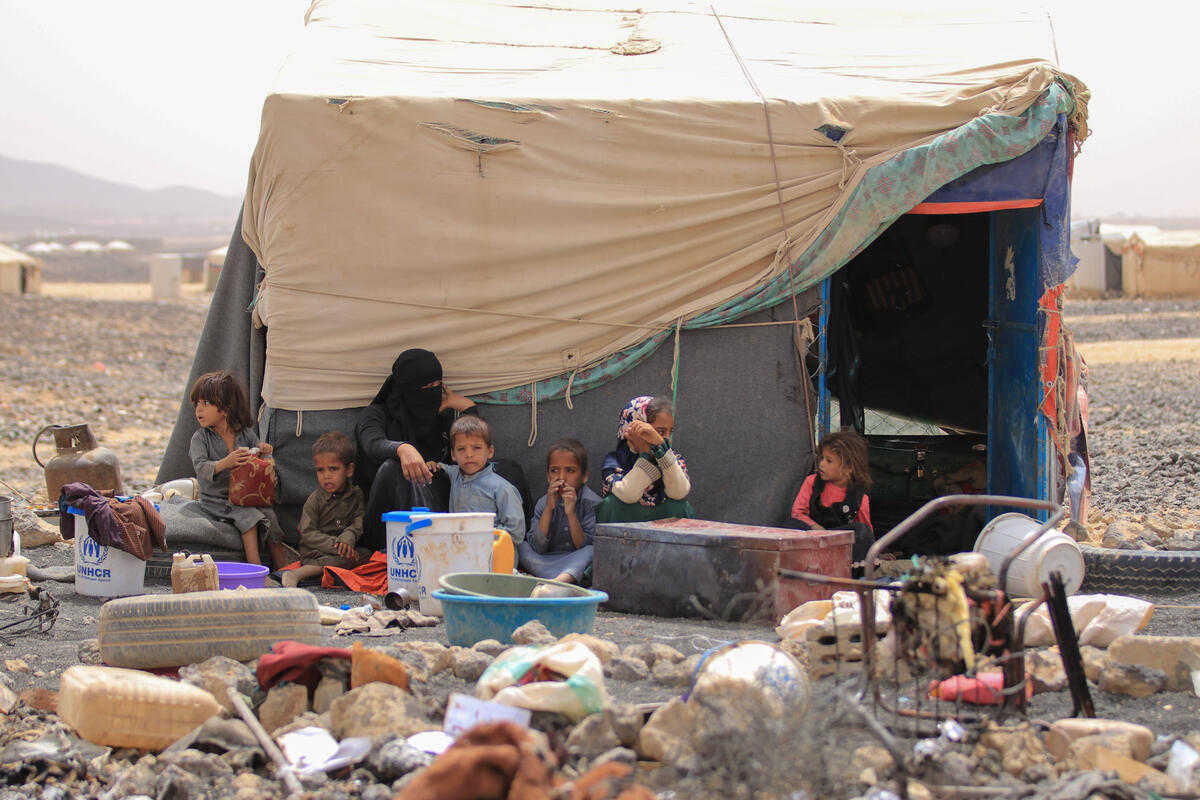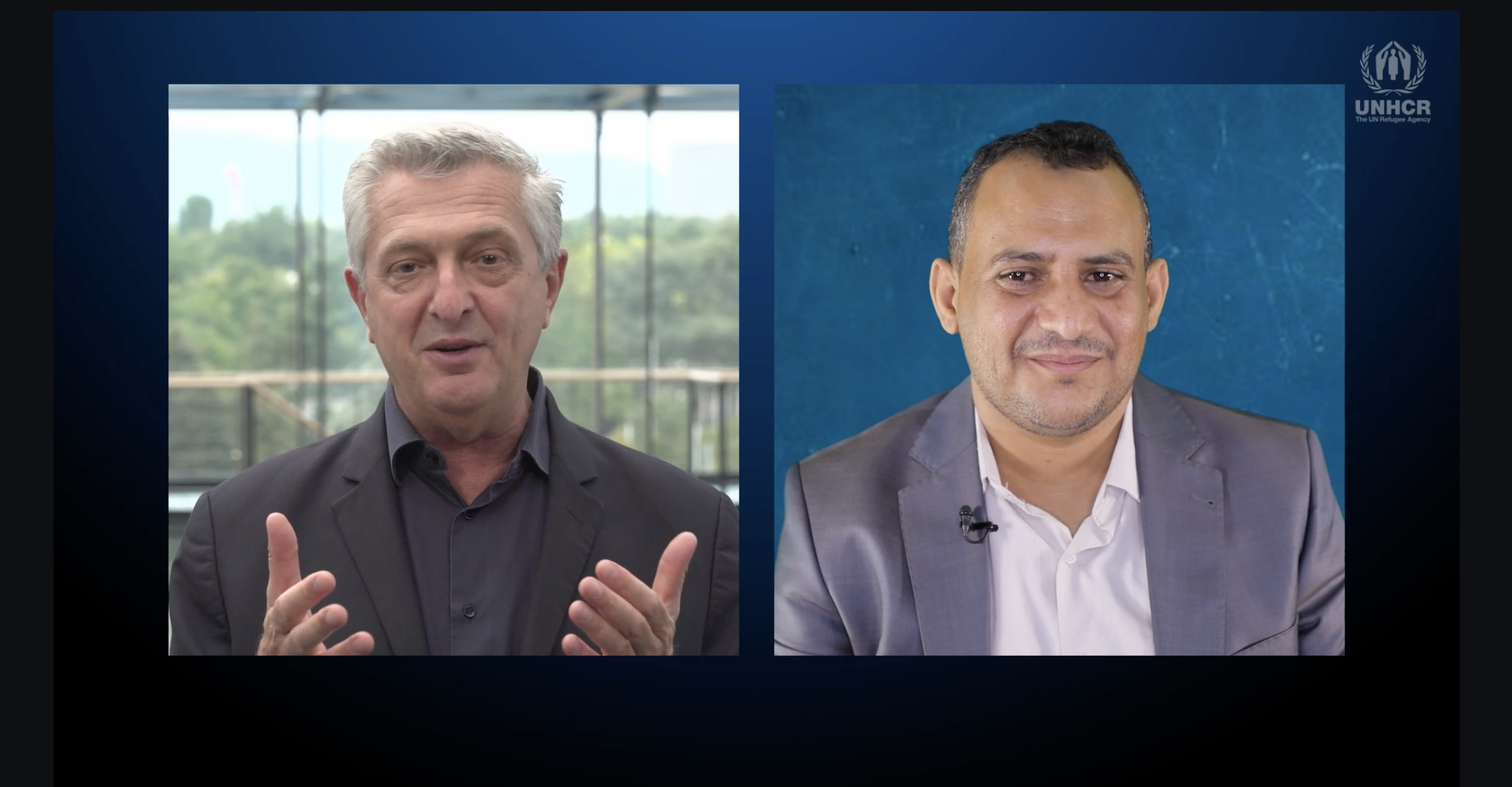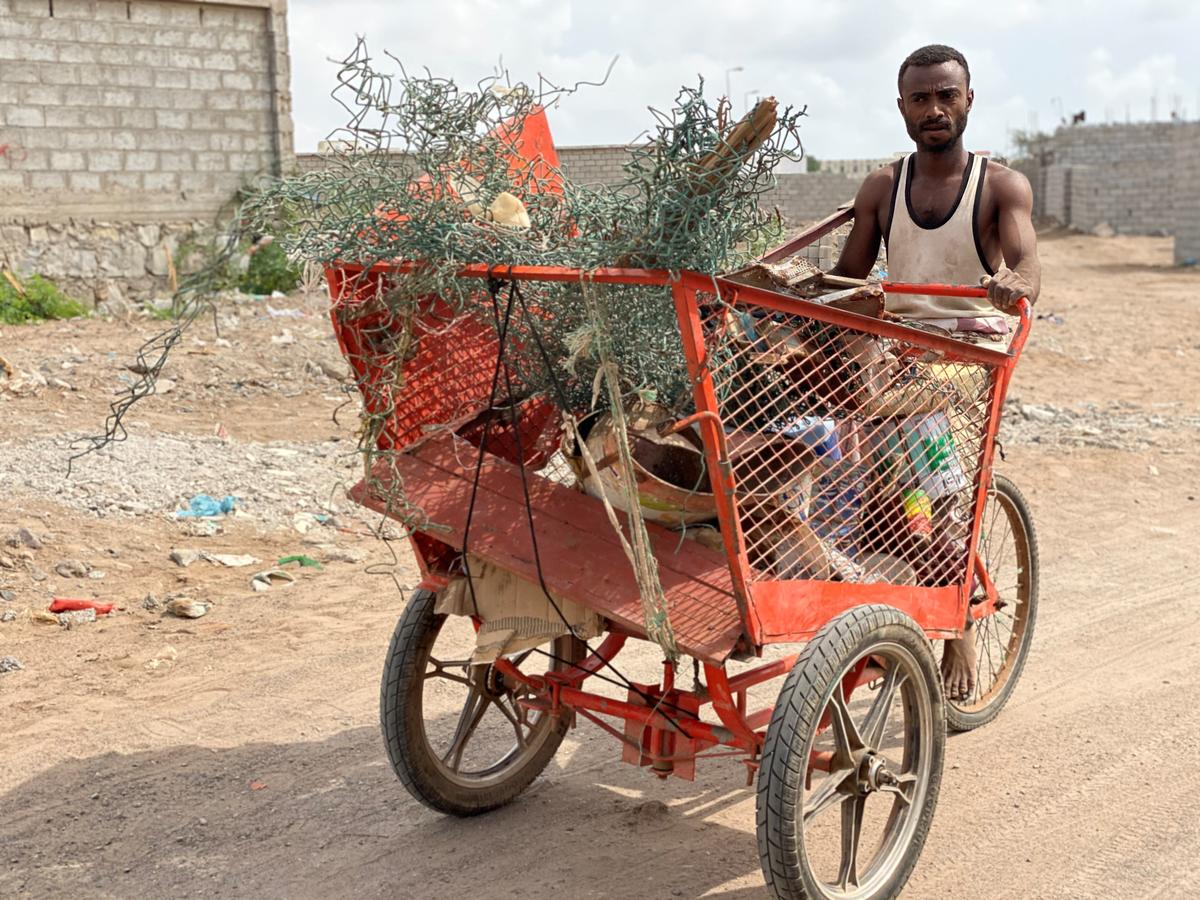85,000 people displaced in 10 weeks as hostilities rage across Yemen
85,000 people displaced in 10 weeks as hostilities rage across Yemen

UNHCR, the UN Refugee Agency, is alarmed at the upsurge in violence across Yemen which is resulting in increased displacement from various frontlines. According to UNHCR and partner data, more than 85,000 people have been displaced countrywide since 1 December 2017.
Yemen’s west coast continues to be the highest source of new displacement, with 71 per cent or some 61,000 people originating from Al Hudaydah and Taizz governorates.
Current military escalations on the west coast are leading to hundreds of people having to flee their homes on a daily basis, including from the districts of Al Khawkhah, Al Garrahi and Hays in southern Hudaydah; and from Mokha and Mawza in Taizz.
The majority of those fleeing violence from the west coast are fleeing east to Abyan, where more than 21,000 individuals have fled, whilst others are attempting to seek refuge elsewhere within Taizz and Hudaydah governorates. Some 13,600 people have been newly displaced within Taizz while more than 12,300 people have been newly displaced within Al Hudaydah, with others fleeing the west coast across the country to Lahj, Al Maharah, Aden, Ibb, Dhamar, Hadramaut and Shabwah.
UNHCR is particularly concerned for those that remain in areas close to hostilities in Taizz and Hudaydah. As a result of prolonged fighting in those two governorates, conditions continue to rapidly deteriorate, exposing people to violence and disease, without basic services.
Most of those displaced in the governorates of Al Hudaydah and Taizz remain hosted by relatives or friends, trapped inside homes or in caves as ground clashes, aerial bombardment and sniper fire rage around them.
In addition to new displacement from the western coast, UNHCR is also observing a spike in new displacement from other frontline areas, including Yemen’s border governorates of Al Jawf and Hajjah, and also in Shabwah in the east.
Increasing military operations in Al Jawf, in particular ongoing battles in the districts of Bart Al Anan and Khabb wa ash Sha’af have seen more than 8,000 people displaced within the governorate.
In Hajjah, which is already host to 19 per cent of Yemen’s 2 million IDP population (some 376,000 people) and the governorate from which 19 per cent of Yemen’s IDPs originate, ongoing flare ups have seen nearly 2,000 people fled homes in the governorate in recent weeks.
Further east in Shabwah, military operations have forced almost another 8,000 flee.
The main needs of the displaced and other conflict-affected populations continue to be access to shelter, health, food and water and sanitation. To respond to the waves of fresh displacement, UNHCR is providing emergency assistance that includes a mixture of shelter and essential household supplies to help those forced to flee, to cope in displacement.
Since the beginning of the conflict, UNHCR basic aid items such as mattresses, mats, wash buckets, blankets, kitchen sets, etc., have reached more than 1.1 million individuals in all of Yemen’s conflict affected governorates.
Yemen is the world’s largest humanitarian crisis with more than 22 million people in need and is seeing a spike in needs, fuelled by ongoing conflict, a collapsing economy and diminished social services and livelihoods.
UNHCR is worried that funding for the humanitarian response is yet to trickle in, with escalating hostilities leading to substantial new displacement at the beginning of the year.
For 2018, UNHCR is appealing for nearly USD 200 million to respond to critical and prioritised humanitarian needs but is starting the year with just three per cent of funding available. UNHCR reiterates its call to the international community to commit funds to the Yemen humanitarian response.
For more information on this topic, please contact:
- In Sana’a, Shabia Mantoo, [email protected], +967 71 222 5121
- In Geneva, William Spindler, [email protected], +41 79 217 30 11

